West Africa Continues Commitment to Shark and Ray Conservation
Country representatives develop tools to implement CITES trade regulations
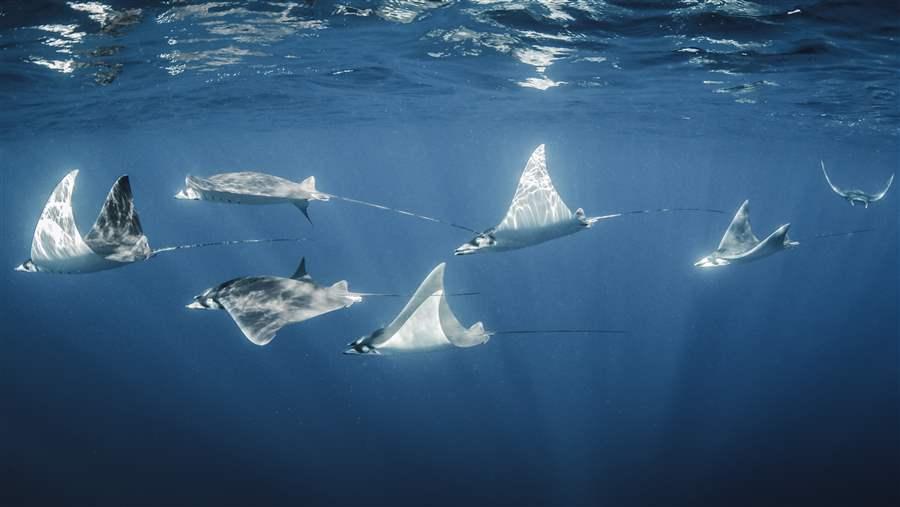
Members of the Convention on International Trade in Endangered Species of Wild Fauna and Flora voted to protect nine species of mobula rays like these in 2016.
© Shawn HeinrichsThis piece was updated on Dec. 20, 2017 to correct Abba Sonko's title.
Further solidifying West Africa’s emerging leadership on shark conservation, representatives of 12 countries in the region gathered in Dakar, Senegal, in early December for a workshop on how best to implement recently adopted international trade regulations to protect several species of sharks and rays. The workshop focused on the 2016 listings of silky sharks, three species of thresher sharks, and nine species of mobula rays on Appendix II of the Convention on International Trade in Endangered Species of Wild Fauna and Flora (CITES); an Appendix II listing stipulates that international trade in that species must be legal and sustainable, and not detrimental to populations in the wild.
Co-hosted by the government of Senegal, Humane Society International, and The Pew Charitable Trusts, the workshop brought together fisheries and environment officials to build capacity for implementing these new listings. Experts led sessions on the role of governments in regulating international trade, how to conduct assessments known as nondetriment findings, and how to identify shark fins and ray gill plates found in trade.
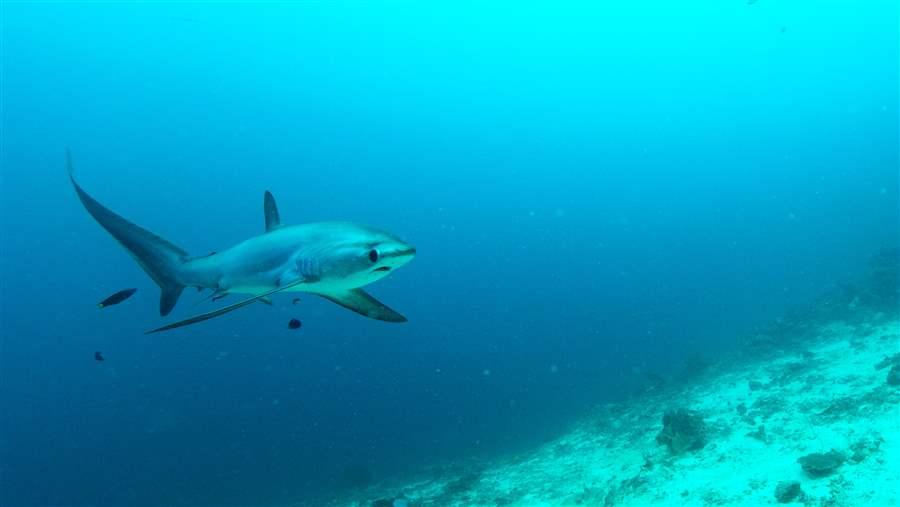
Thresher sharks, known for hunting with their whiplike tail, are in decline around the world. Now, pelagic, common, and bigeye threshers are protected under a CITES Appendix II listing, and depleted populations could recover.
© Steve De NeefEight West African nations co-sponsored one or more of the shark and ray proposals adopted at the 17th CITES Conference of the Parties in September 2016. That regional leadership was on display again at the Convention on the Conservation of Migratory Species of Wild Animals (CMS) meeting in October 2017 in the Philippines, where Senegal, Togo, and Mauritania submitted a successful CMS Appendix II proposal to globally manage the common guitarfish, a species that has been fished to near extinction with little to no management. CMS Appendix II includes species most in need of conservation action, encouraging cooperation to properly manage and protect them throughout their migratory range.
Senegal has proudly co-sponsored proposals at both CITES and CMS to provide protections and better management for those sharks and rays most under threat. By hosting both a regional and domestic CITES workshop last week , we are demonstrating our desire that these measures are not only implemented effectively but that these species have a chance to recover.—Abba Sonko, Head of CITES management authority in Senegal
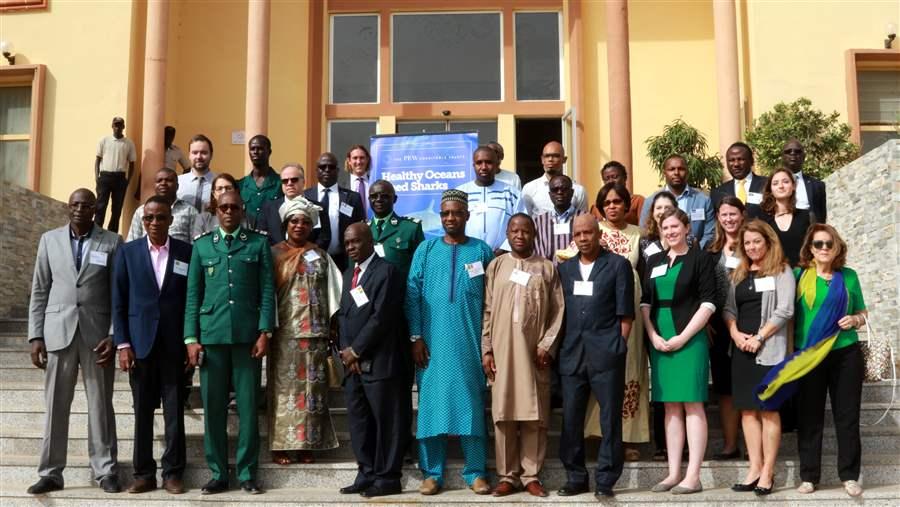
Representatives from 12 West African countries pose for a photo in Dakar, Senegal, following a workshop on implementing 2016 shark and ray listings under CITES.
© The Pew Charitable TrustsCape Verde and Senegal each also hosted national training workshops focused on implementing the CITES listings adopted in 2013 and 2016. In those sessions, customs agents and fisheries and environment officers learned how to process legal exports of Appendix II species and identify fins of CITES-listed sharks, and discussed potential regulatory measures—such as prohibitions, science-based catch limits, and establishing protected areas—that would help their countries better manage these species.
We recognize the need to conserve sharks for the health of the ocean. We have taken domestic measures to protect the more vulnerable sharks within our waters and will be considering further measures to effectively implement the CITES listings.—Iderlindo Jorge Silva dos Santos, director of innovation service and environmental quality, Cape Verde
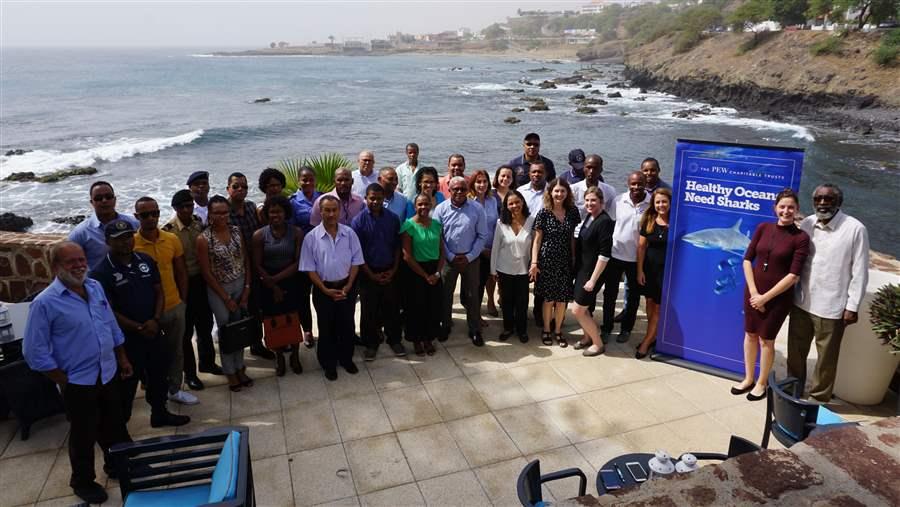
Custom agents, fisheries and environment officers, and others gather during a training workshop in Cape Verde on implementing 2013 and 2016 CITES Appendix II listings for sharks and rays.
© The Pew Charitable TrustsThese workshops show that West African nations are firmly committed to successfully implementing the CITES shark and ray listings and to continuing the momentum to properly manage these imperiled species worldwide.
By capping the trade of threatened species to sustainable levels and encouraging the enactment of legislation to manage these species within countries’ own waters, CITES has become a driving force in global shark conservation and management. The leadership shown in West Africa bodes well for dwindling shark populations, and Pew hopes to continue to partner with countries in the region to help them fulfill their goals to properly manage these species.
These workshops were funded by the Shark Conservation Fund (formerly the Global Partnership for Sharks and Rays).
Jen Sawada directs The Pew Charitable Trusts’ global shark conservation program.


America’s Overdose Crisis
Sign up for our five-email course explaining the overdose crisis in America, the state of treatment access, and ways to improve care
Sign up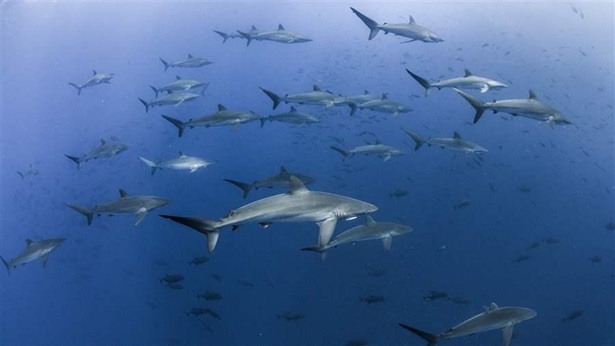
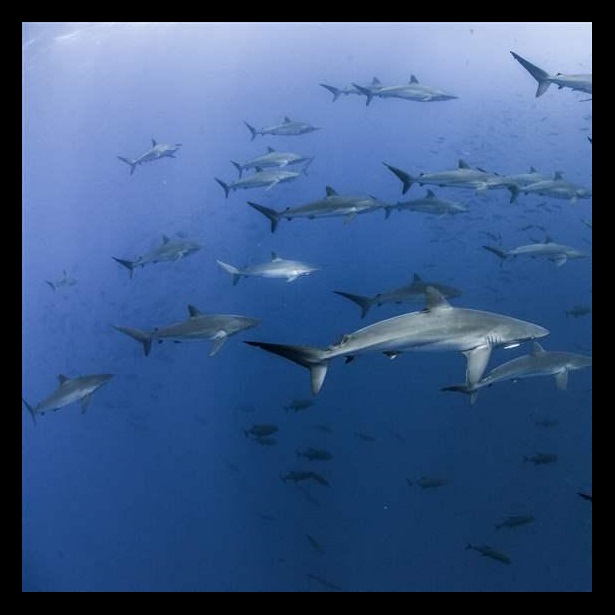
Pew Commends New Shark and Ray Trade Regulations
Silky sharks, thresher sharks, and mobula rays to receive much-needed protections
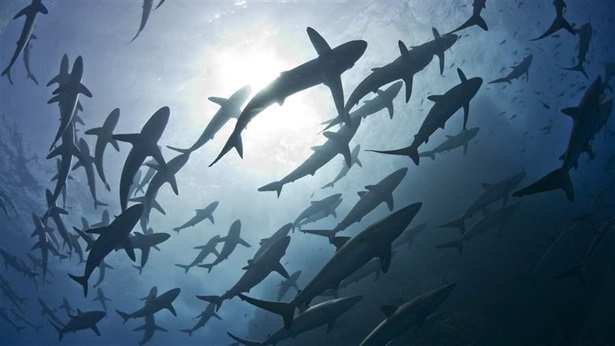
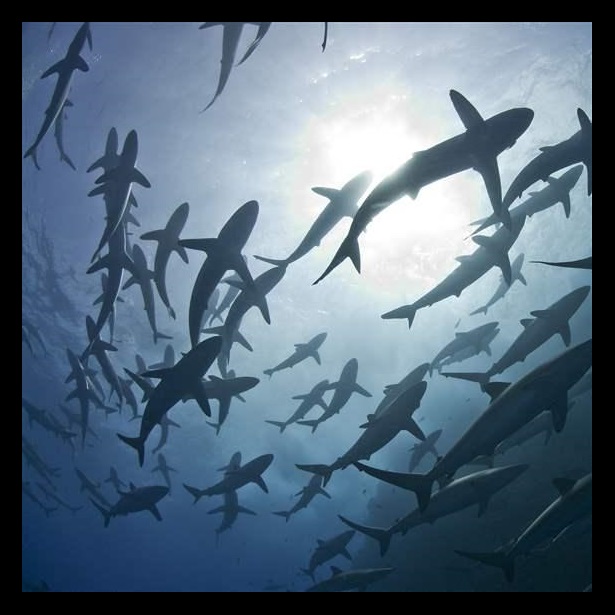
Protecting Sharks, Enforcing CITES
A global effort










